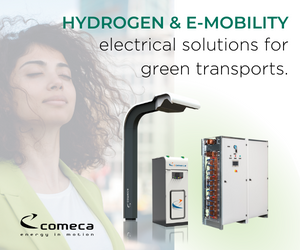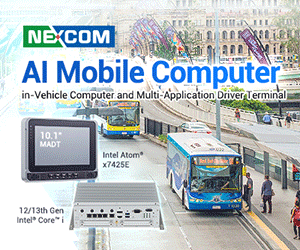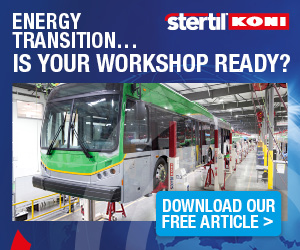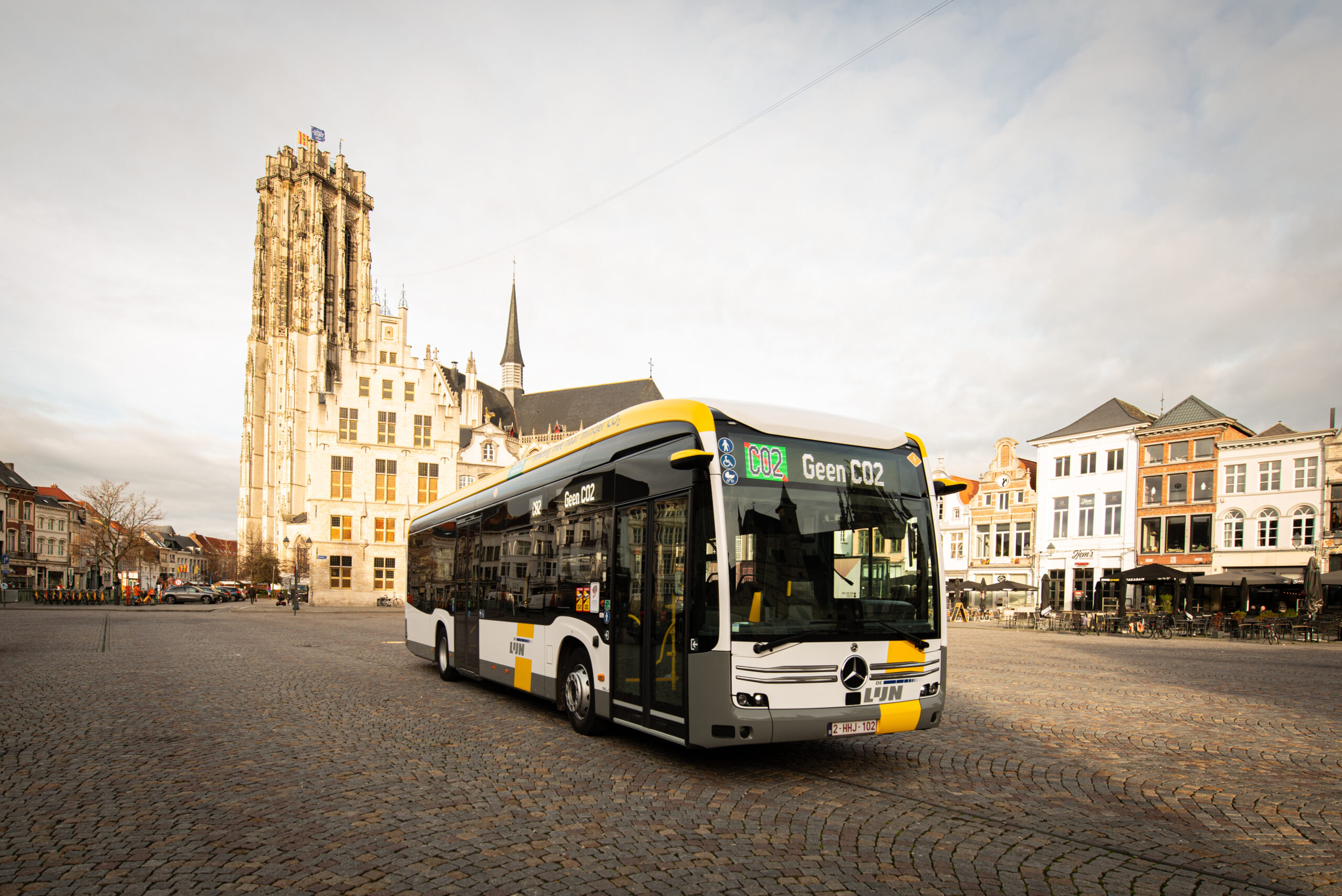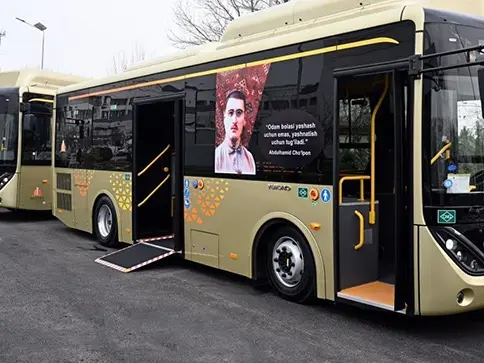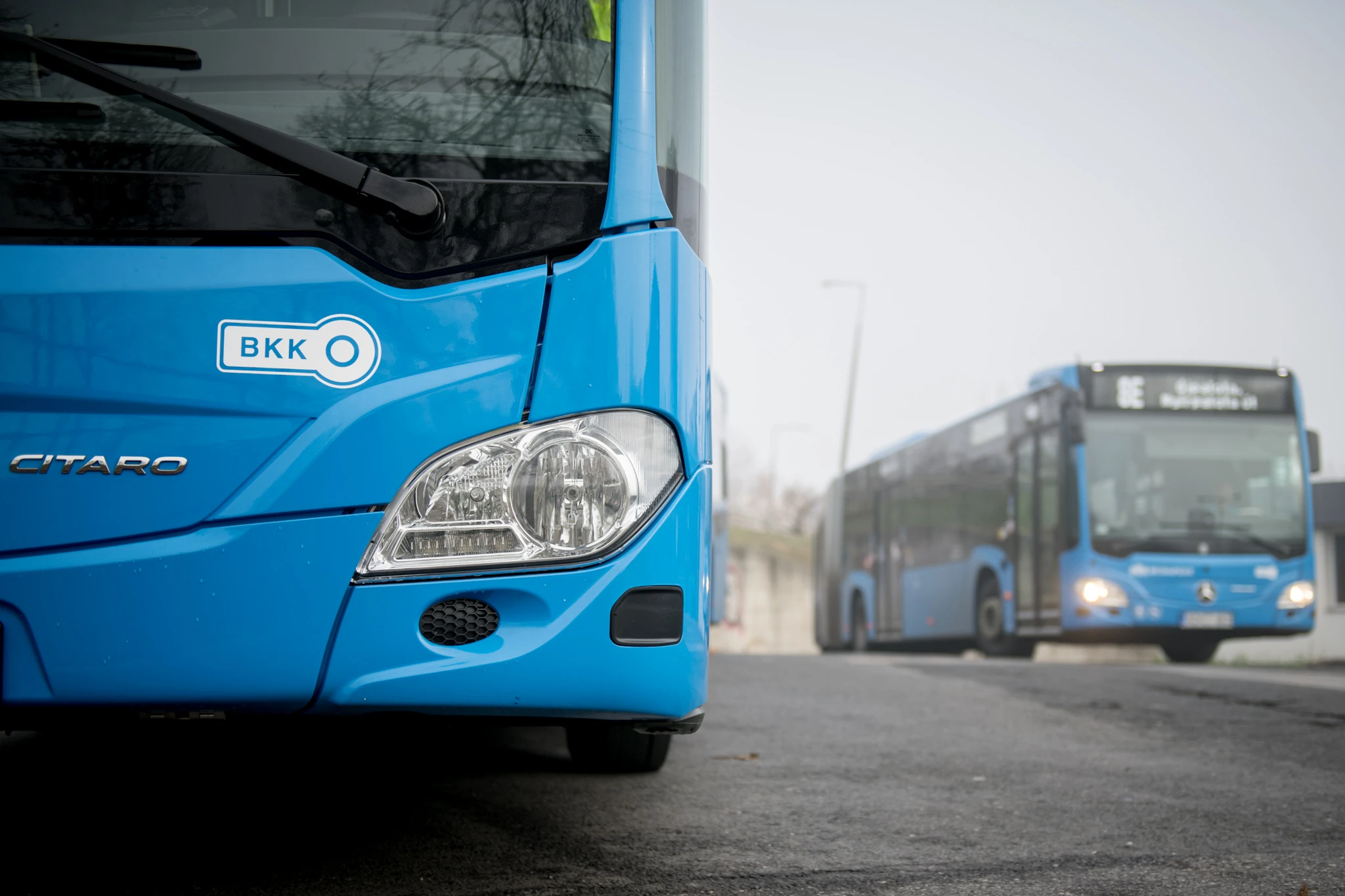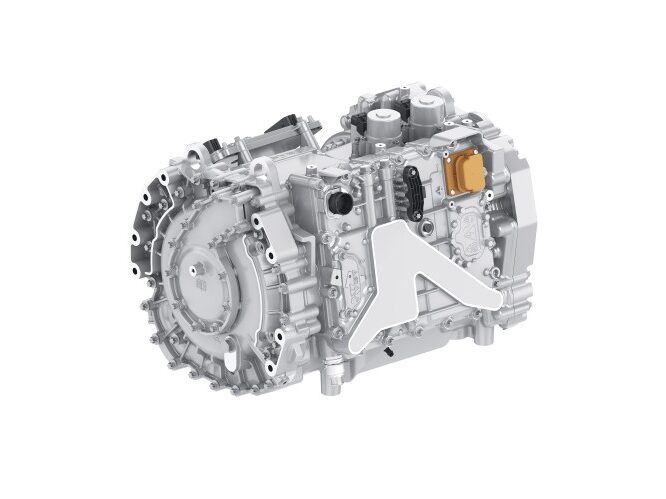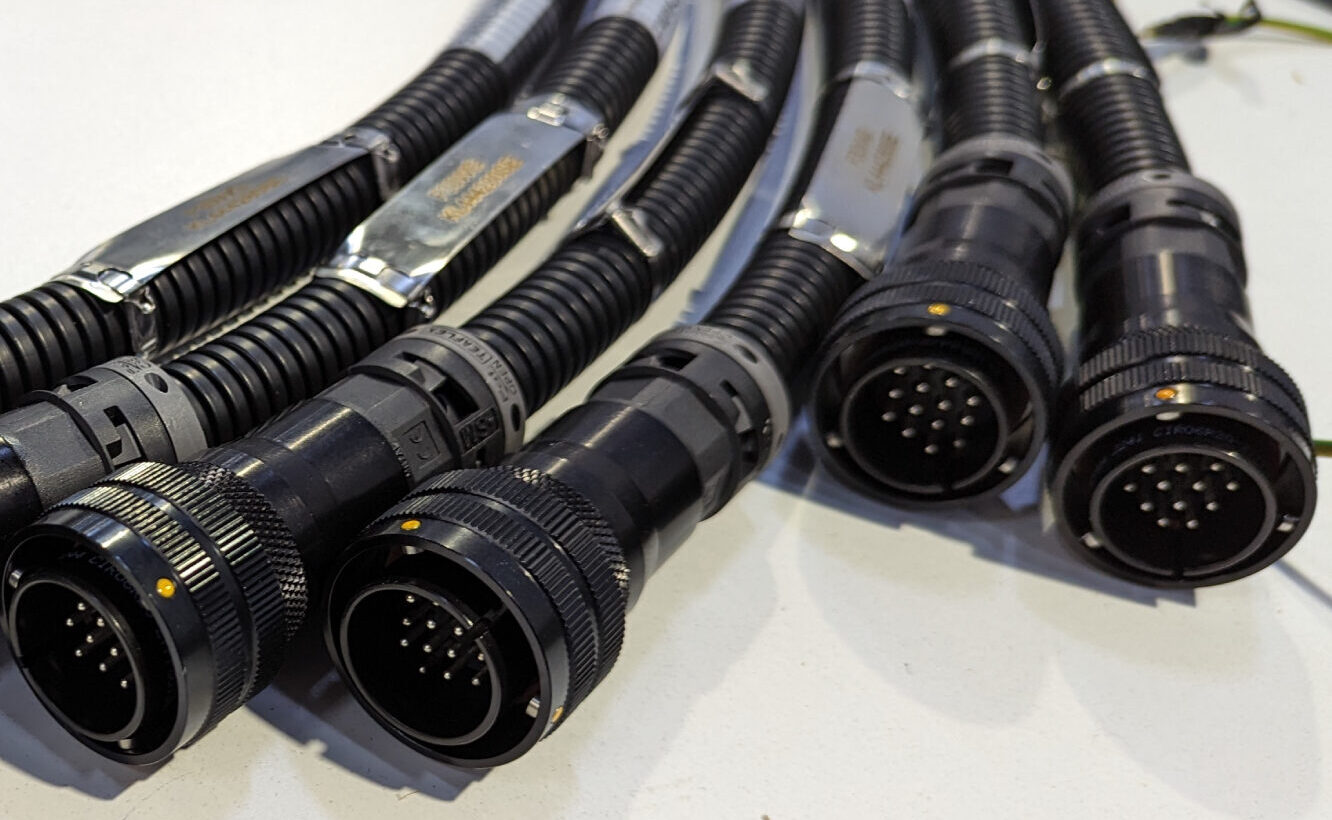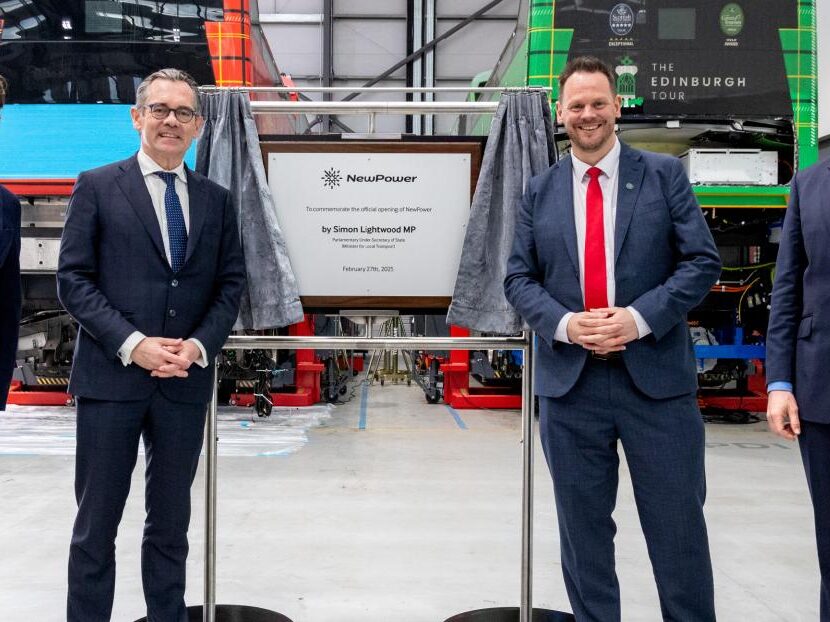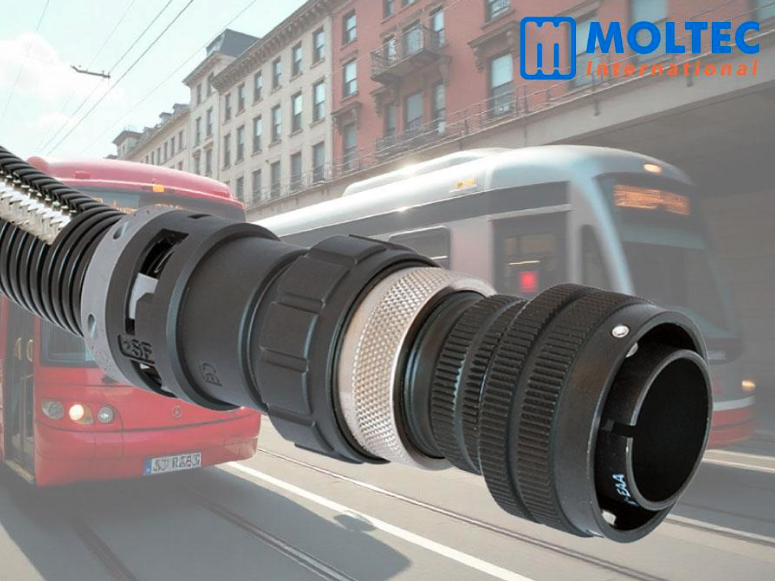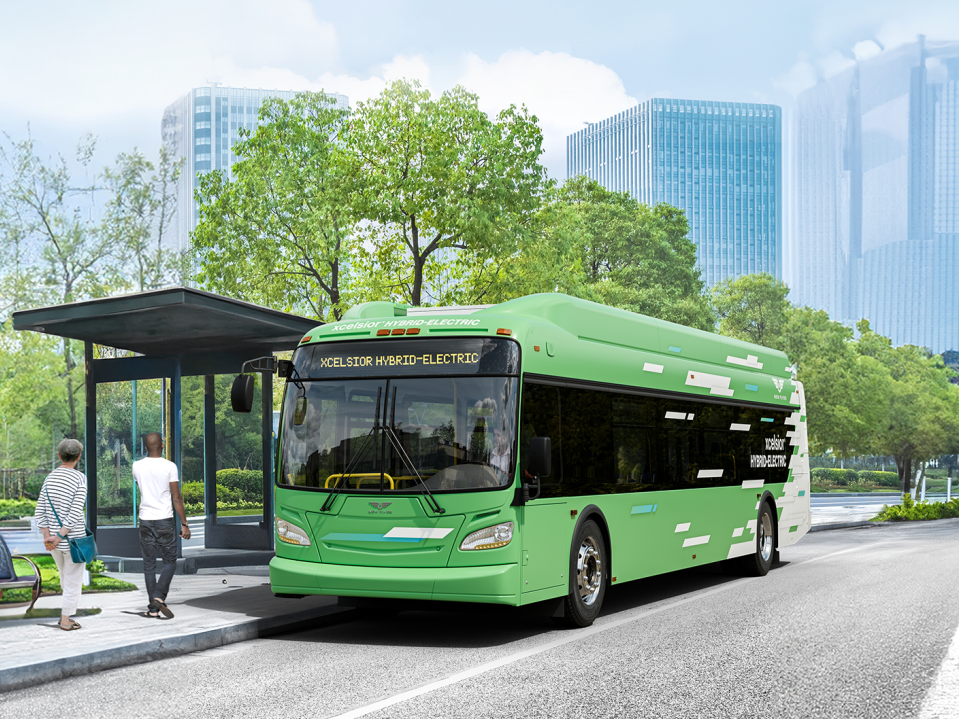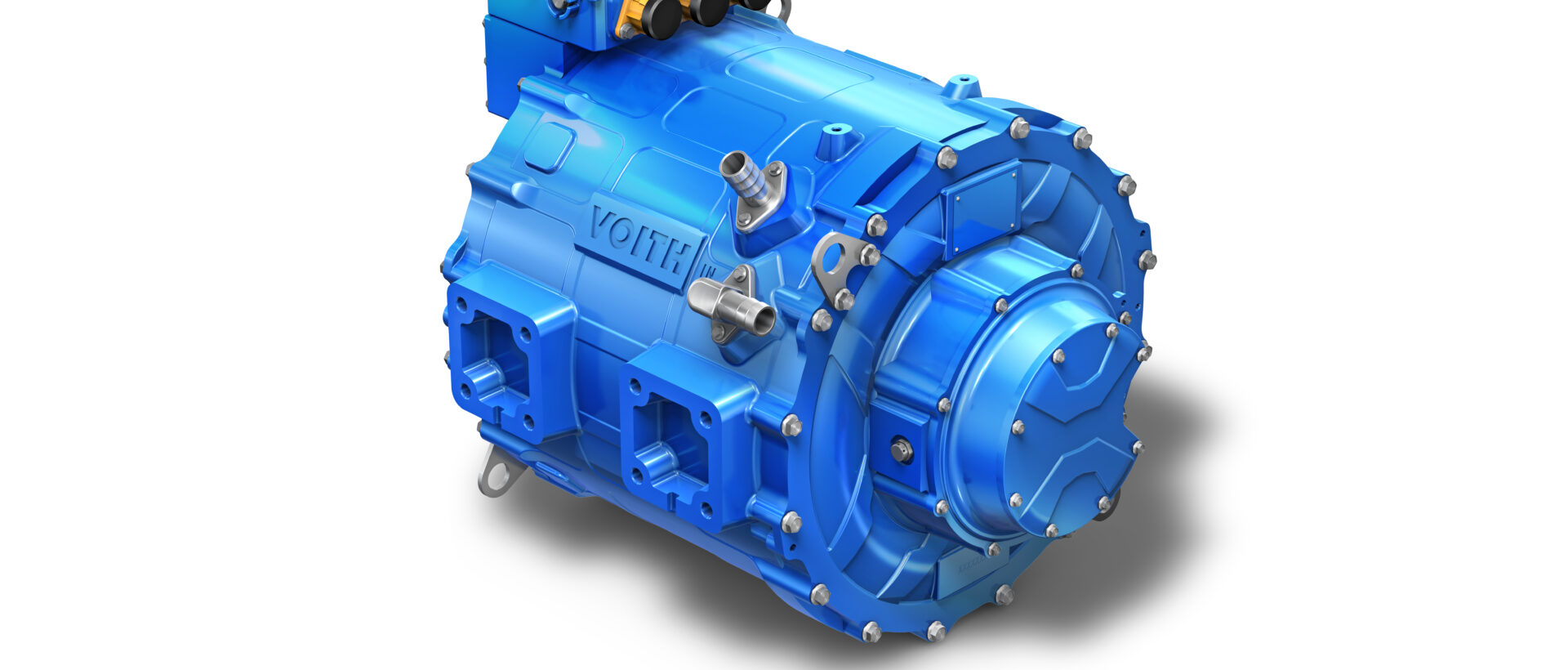Scania has announced a slew of new offerings for the electric bus market, including four new electric motors ranging from 240kW to 330kW, a new three-battery pack configuration and a new rear charging interface, enabling fast charging capabilities.
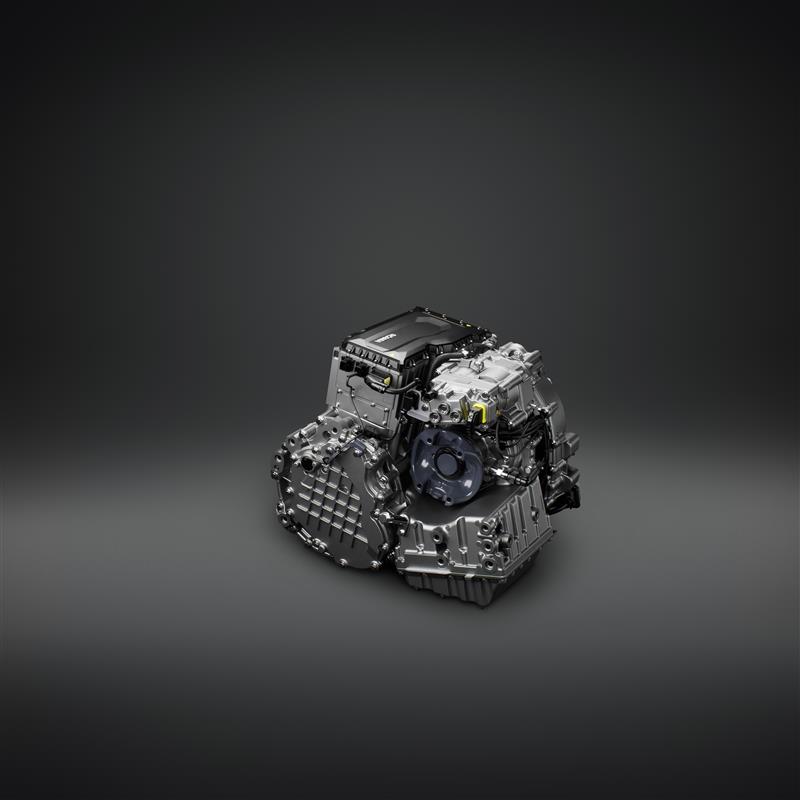
Developed to meet a variety of different operating conditions, the electric motors aim to improve efficiency and drivability in challenging situations via the use of electric energy stored in the motor’s battery, creating additional torque whilst an inverter transforms the direct current voltage from the battery itself into a three-phase alternating current.
Converted power is then fed into the electric motor, allowing it to regulate both speed and torque whilst a single oil system both cools the motor itself and provides lubrication for the gearbox.
Anna Ställberg, Head of Urban Solutions for People Transport Solutions at Scania Group, said:We know that bus operators face the push-pull effect of responding to emission regulations while striving to meet the specific demands of electric operations. Power needs, flexibility, charging time, energy efficiency and operational range are some of the key factors.
The new e-machine, battery and charging options have been developed and are being introduced with our customers’ challenges in mind, and respond to both their and our sustainability goals.
Scania has also introduced a three-battery pack option, as well as a second charging interface for use at the rear of electric buses, allowing customers to charge up to 325kW, an increase of 195kW from the current front charging capabilities of 130kW.




